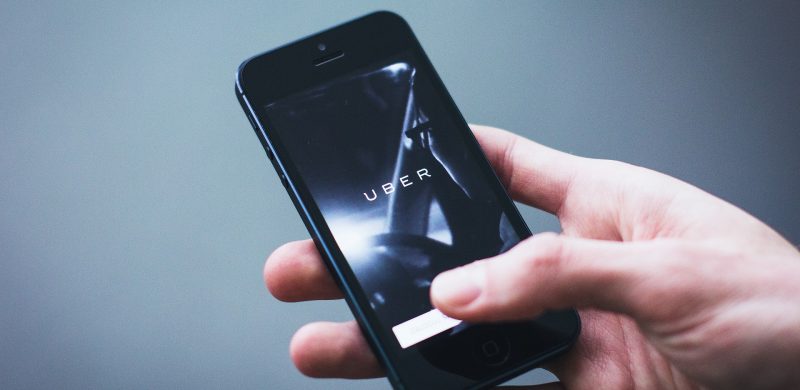
Uber Eats has hundreds of restaurants to choose from. When you open the app, you can scroll through the feed for inspiration or search for a restaurant or cuisine. When you find something you like, tap to add it to your cart.
When you’re ready to check out, you’ll see your address, an estimated delivery time, and the price of the order including tax and booking fee. When everything looks right, just tap Place order–and that’s it. We’ll automatically use the card on file, so you never need cash.
Follow your order in the app. First, you’ll see the restaurant accept and start prepping. Then, when the order’s almost ready, a nearby Uber partner–in a car, on a bike, or scooter–will go to the restaurant to pick it up. Next, they’ll drive or ride to you. You’ll be able to see their name and photo and track progress on the map.
The standalone app launched in Chicago, Houston, and San Francisco, Los Angeles. You can opt to get regular delivery from a hundred or so restaurants in the area, with the full menu available for you to pick and choose from; UberEATS offers this service from morning until 10 p.m. every day, and you can see how long it will take for Uber to get the food to your doorstep within the app (15-20 minutes, 20-30 minutes, etc.).
Or, if you want food delivered to you faster—Uber says as fast as 10 minutes or so—you can choose Instant Delivery, which features three to five daily dishes in every city, all displayed in big, clean photos in the app. Instant Delivery is only offered between 11 a.m. to 2 p.m. during weekdays.
“We learned quickly that requesting a ride and ordering a meal are two very different experiences,” Chetan Narain, product manager of UberEATS, writes in the announcement post. “They each deserve their own home.”
As we explained when the app first launched in Canada, Uber had to make sure a few things were in order, logistically, for UberEATS to work. Drivers can’t arrive at a restaurant too early and waste precious time hanging around while the food is still being prepared; they also can’t arrive too late, and risk the food being served cold. Uber says its map-routing algorithms help so that drivers get to the restaurant at the right time, hitting the sweet spot.
There’s also a separate driver base handling UberEATS deliveries, which doesn’t overlap with the group of regular Uber drivers picking up people in their cars. (Drivers can choose to switch between modes freely, by logging into and out of the app.) According to Uber, the partnerships with Instant Delivery restaurants require special arrangements, including a scheduled pickup at the restaurant before 11 a.m. hits. Meanwhile, regular UberEATS delivery is done more ad hoc: orders come through the app, and drivers drive to the restaurants to pick up the food, then bring them to the customer. Uber declined to provide details on how it and participating restaurants split the revenue they bring in, but one can imagine how agreeing to be listed on Uber’s app wins these restaurants some high-tech local advertising.





